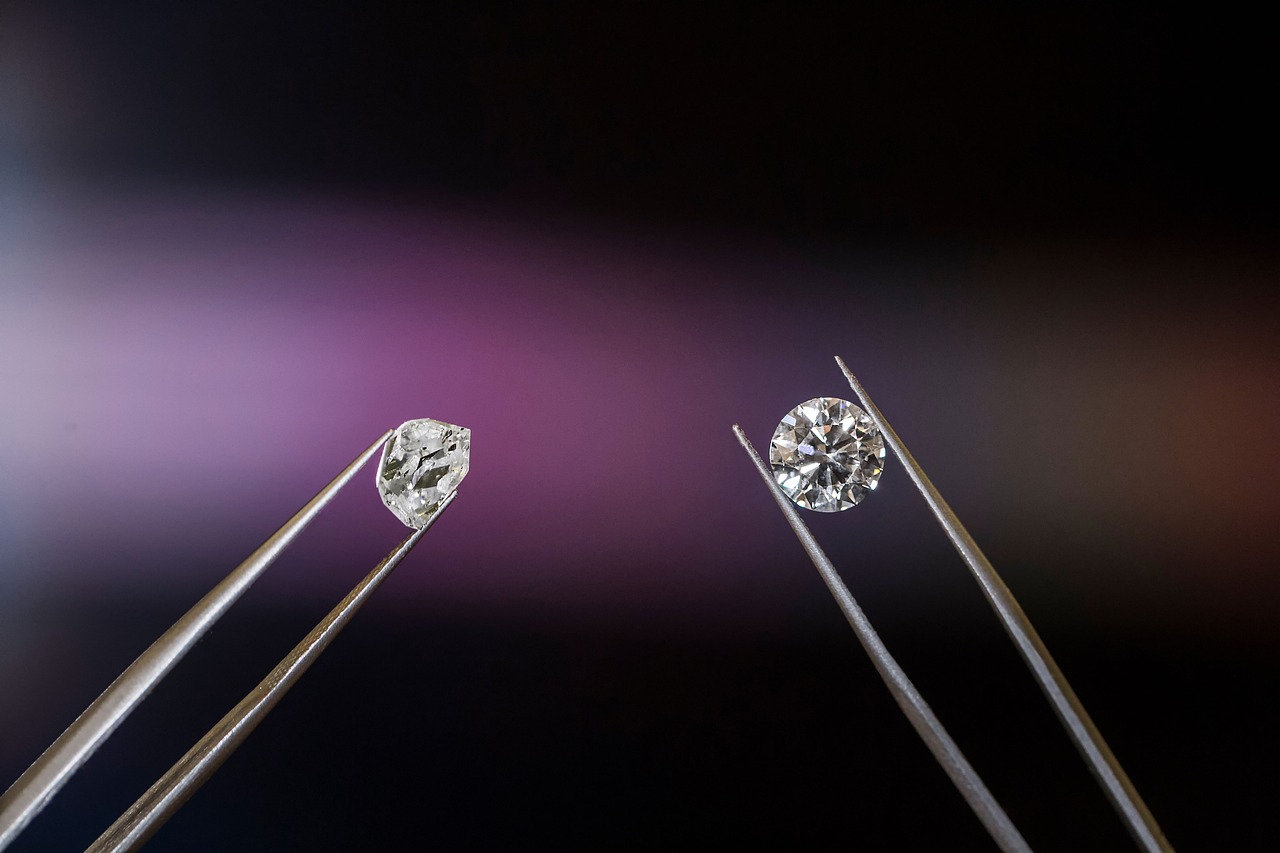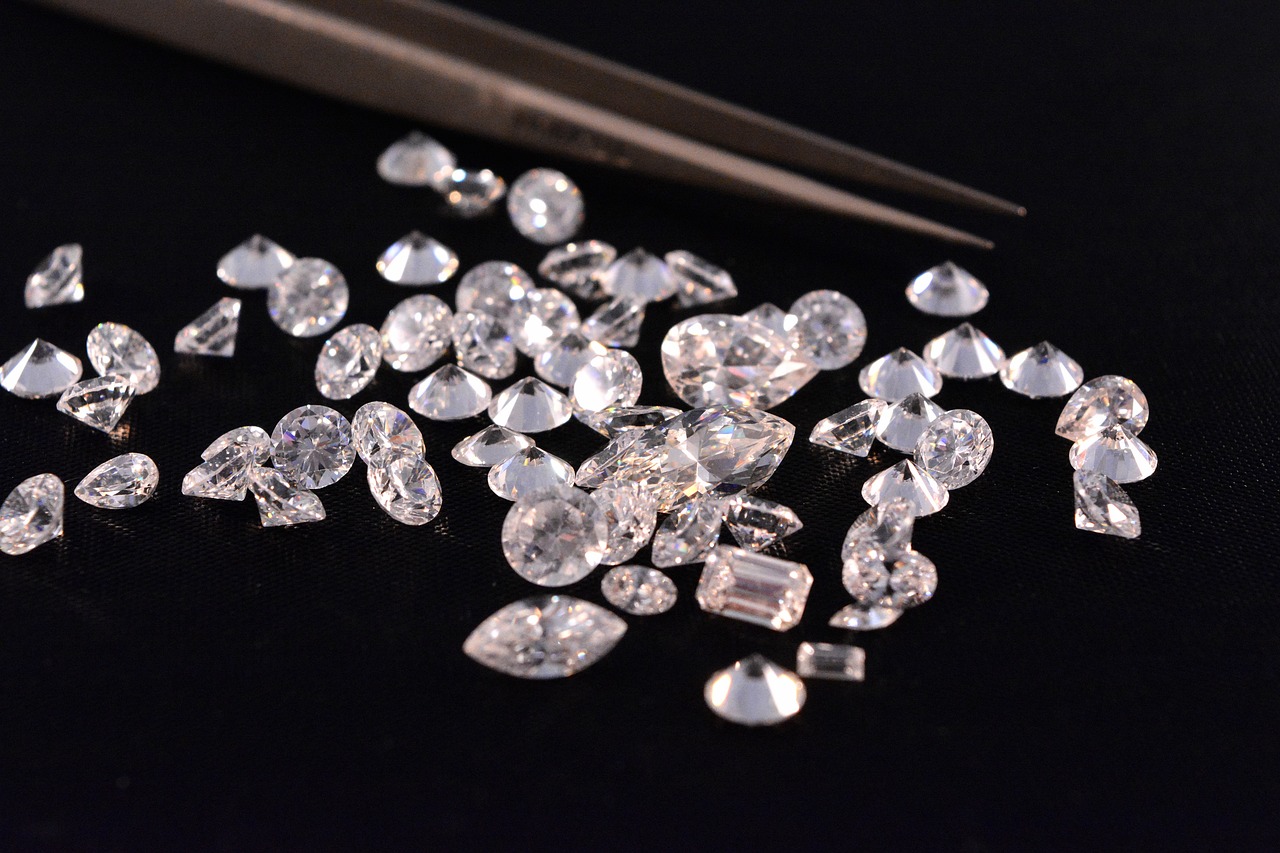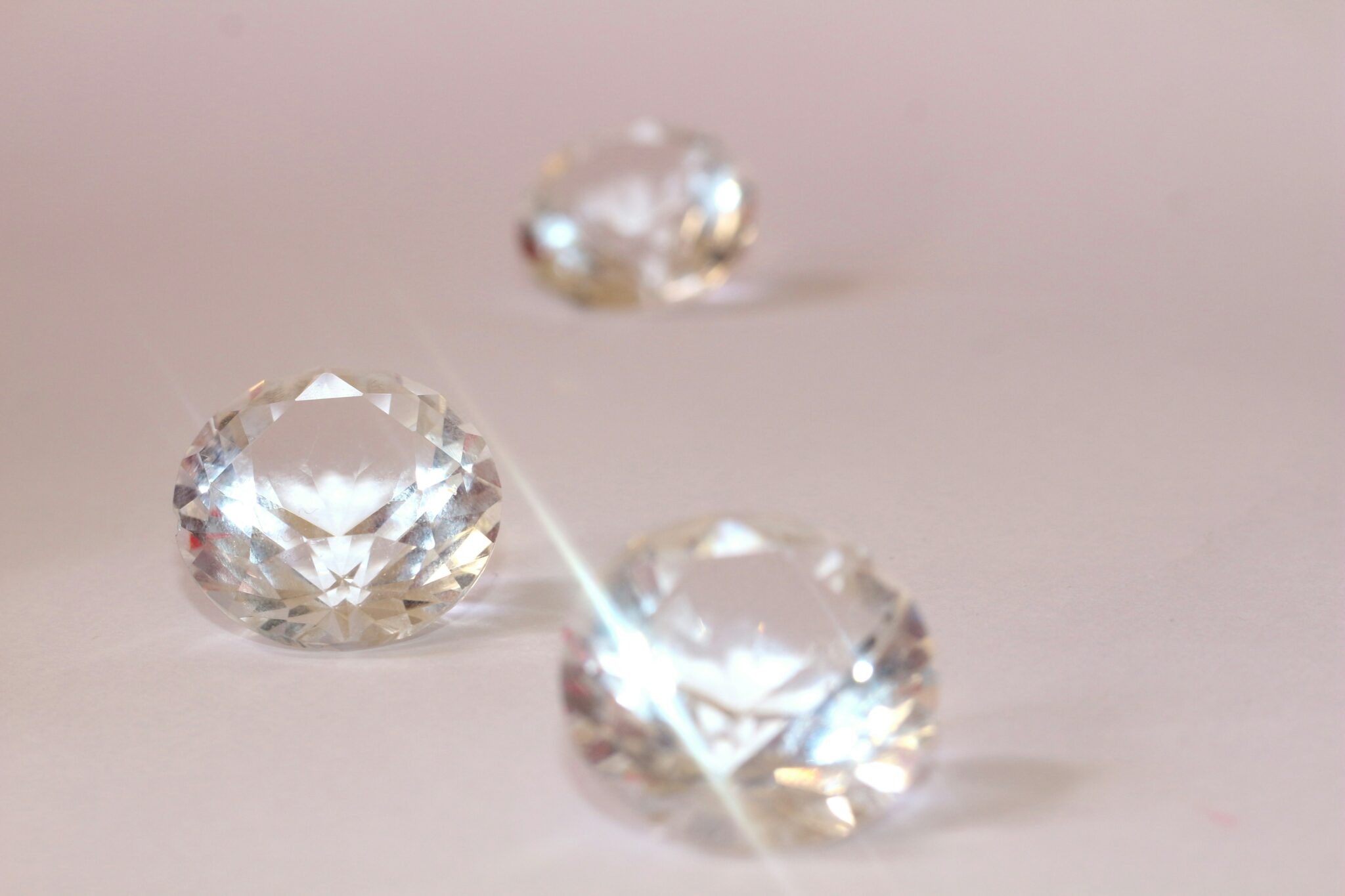There’s something magical about a diamond, isn’t there? It’s not just a piece of jewelry; it’s a symbol of love, commitment, and a bit of sparkle that catches everyone’s eye. But before you dive into your diamond search, there’s something you should know—buying a diamond isn’t as simple as it looks.
Imagine this: You’re standing in a jewelry store, dazzled by all the shiny options, but how do you pick the right one? It’s easy to get caught up in the excitement and make mistakes that could cost you more than just a few bucks.
That’s why we’re here to share some expert advice on avoiding the most common diamond-buying blunders. Whether you’re a first-timer or just want a refresher, these tips will help you make a smart and informed decision so you can walk away with a diamond that’s truly worth its weight in sparkle.
Understand the 4 Cs
When it comes to diamonds, the 4 Cs are your best friends. These four characteristics – Cut, Color, Clarity, and Carat – will guide you through the glittering maze of diamond shopping. Think of them as your diamond shopping compass, pointing you in the right direction to find a gem that truly sparkles. But don’t worry; you don’t need a degree in gemology to understand them. Let’s break them down so you can avoid some common pitfalls and make sure you’re getting the most bling for your buck.
Cut
The cut of a diamond isn’t just about its shape; it’s about how well the diamond has been crafted to reflect light. A well-cut diamond acts like a prism, bouncing light around inside the stone and sending it back out in a dazzling display. This is what gives a diamond its signature sparkle. On the flip side, a poorly cut diamond… well, it just looks dull and lifeless, no matter how big it is.
A common mistake many buyers make is prioritizing carat size over cut. Remember, a big diamond isn’t impressive if it doesn’t shine! The cut is what breathes life into a diamond, so make sure you’re paying attention to it.
Color
Diamonds come in a range of shades, but when it comes to traditional white diamonds, the less color, the better. A colorless diamond allows more light to pass through, making it sparkle brilliantly like a drop of frozen dew. The color of a diamond is graded on a scale from D (colorless) to Z (light yellow or brown), and even a tiny difference in this grading can significantly impact both the diamond’s appearance and its price.
One of the most common mistakes people make during a diamond search is not paying enough attention to the color grading. They might think, “Oh, it’s just a slight tint; no one will notice!” But trust us, it makes a difference—especially when you see the diamond under different lighting.
Clarity
No diamond is perfect, but the fewer imperfections, the better. Clarity refers to the presence of tiny flaws, or inclusions, inside the diamond. These imperfections are often microscopic, but they can affect the diamond’s overall appearance and, sometimes, even its durability. The clarity of a diamond is graded on a scale that ranges from Flawless (no inclusions visible under 10x magnification) to Included (inclusions visible to the naked eye).
Don’t let the excitement of finding a sparkly gem blind you – inspect the clarity grade carefully to ensure you’re getting the best quality. Even if you can’t see the inclusions without a microscope, they might still impact how the diamond reflects light.
Carat
Carat is all about size. But here’s the thing: bigger isn’t always better. While it might be tempting to go for the largest diamond your budget can stretch to, a large diamond with poor cut, color, and clarity can be less impressive than a smaller, well-crafted stone. Carat weight is often the first thing people think of when they hear “diamond,” but focusing solely on carat weight is one of the biggest mistakes you can make.
A well-balanced diamond that shines brightly in all aspects will always outshine a larger, poorly-made stone. So, when you’re on your diamond search, remember balance is key! A diamond that’s well-rounded in all 4 Cs will give you that jaw-dropping brilliance everyone dreams of.
Keep these factors in mind, and you’ll be well on your way to finding a diamond that’s as close to perfect as possible – one that will leave you and everyone else breathless!
Setting a Budget
Let’s be honest: diamonds aren’t cheap. But that doesn’t mean you should break the bank. Setting a budget before you start shopping is crucial to making sure you get the best diamond for your money without getting overwhelmed or overspending.
One of the most common mistakes people make is walking into a jewelry store or browsing online without a clear idea of how much they’re willing to spend. This often leads to two scenarios: either you fall in love with a diamond that’s way out of your price range, leaving you frustrated, or you end up feeling pressured to spend more than you’re comfortable with because you weren’t prepared.
Tip: Before you start your diamond search, decide what’s most important to you—whether it’s size, sparkle, or a balance of both. Once you’ve figured that out, allocate your budget accordingly.
A thing to remember if you’re buying diamond jewelry: the diamond itself isn’t the only cost to consider; the setting can significantly affect the overall price as well. For example, a simple solitaire setting will be more affordable than an intricate halo or pave setting.
Don’t forget to factor in potential additional costs like insurance, especially if you’re making a significant investment. By setting a clear budget and sticking to it, you’ll make your diamond-buying experience smoother and more enjoyable. You’ll be able to focus on finding a diamond that truly matches your desires without any financial regrets later on.
Get the Right Certification
Certification is like the diamond’s birth certificate. It tells you everything you need to know about the stone’s quality and authenticity. The biggest mistake you can make is buying a diamond without proper certification. It’s like buying a car without knowing its history – it’s risky!
Look for diamonds certified by reputable organizations like the GIA or AGS. This ensures that the diamond you’re buying is exactly what it claims to be. Don’t just take the seller’s word for it – ask to see the certification before you make any decisions.
Avoid Online Shopping Pitfalls
Shopping for diamonds online can be a convenient and often cost-effective option, but it comes with its own set of risks. One of the biggest mistakes people make when shopping for diamonds online is relying solely on images.
Let’s be real – photos can be deceiving. The lighting, angles, and even photo editing can make a diamond look better than it actually is. What you see on the screen might not be what you get when the diamond arrives at your doorstep.
Here’s a pro tip: Always check the return policy before purchasing. A reputable online jeweler will offer a hassle-free return process, allowing you to return the diamond if it doesn’t meet your expectations. This gives you peace of mind, knowing that if the diamond doesn’t look as stunning in person, you’re not stuck with it.
Additionally, make sure the website provides detailed information about the diamond’s 4 Cs and certification. A trustworthy seller will be transparent about these details, so you know exactly what you’re buying. If a website is vague about the diamond’s specifications or certification, consider it a red flag.
Trust your instincts – if something feels off, look elsewhere. Remember, it’s better to be safe than sorry, especially when making such a significant purchase.
Trust Your Jeweler
In the world of diamonds, your jeweler is more than just a salesperson – they’re your guide through the intricate process of buying a diamond. Finding a jeweler you can trust is essential to ensuring you make the right purchase. After all, you wouldn’t buy a house from someone you don’t trust, right? The same principle applies to diamonds.
One common mistake is not doing enough research on the jeweler’s reputation before committing to a purchase. Don’t just walk into the first jewelry store you see or click on the first website that pops up. Ask friends and family for recommendations, and take the time to read reviews. Look for jewelers who have a strong track record of customer satisfaction and transparency.
Don’t be afraid to ask the jeweler tough questions about the diamond’s certification, the 4 Cs, and even their own experience and credentials. A trustworthy jeweler will be open and transparent, eager to share their knowledge and help you find the perfect diamond. They should be willing to take the time to explain everything to you, ensuring you feel confident in your purchase.
Remember, buying a diamond isn’t just a transaction; it’s an investment in something special. By finding a jeweler you can trust, you’re not just buying a diamond; you’re gaining a partner who can guide you through the process with expertise and care.
Closing Thoughts
Buying a diamond is a thrilling experience, but it’s easy to get caught up in the sparkle and make mistakes that could leave you disappointed. Follow these tips, and you can avoid common pitfalls and walk away with a diamond that truly shines.
Take your time, do your research, and enjoy the process. After all, a diamond isn’t just a purchase – it’s a lifelong symbol of something precious. Happy diamond shopping!




